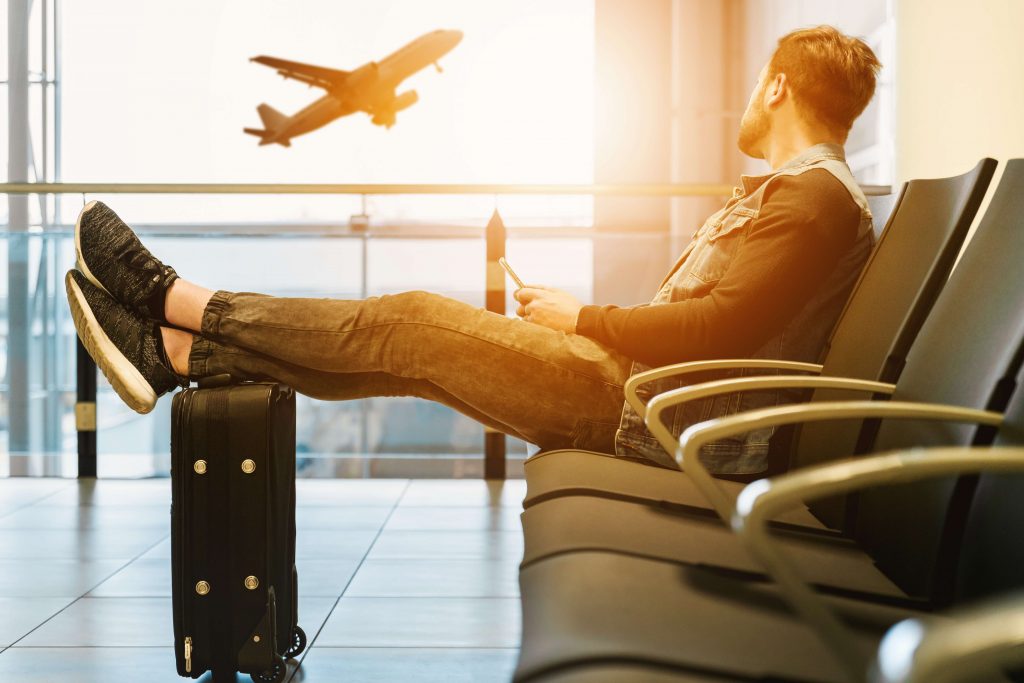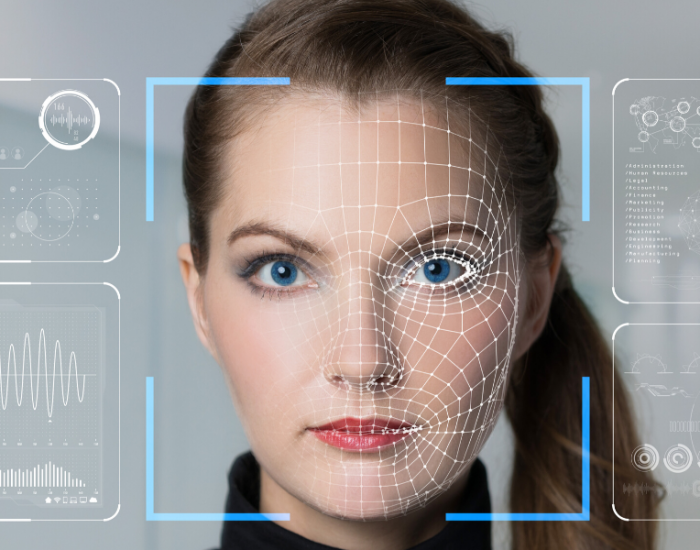High-performing Travel Recommendation Engine built with AI/ML models
One of our Fortune 500 clients had a community-based travel app that helped create trips for its users. Through this app, users could explore the community, take trips to nearby places, and also browse through their previous trips in the travel history.

Objective:
Our data scientists at GoodWorkLabs were entrusted with the task to make the above mentioned mobile app engaging, intelligent, and personalized. We had to create recommendation systems as an advanced feature by using Machine Learning models.
We realized that recommendations could be made to users based on nearby attractions, restaurants, hotels, etc. The nature of these recommendations had to be as below:
- Users will be recommended with places they would like to visit based on their previous travel history.
- Users will be recommended with nearby tourist attractions when they visit a particular place.
- Users will be recommended places based on their preferences and tastes.
- Users will also receive recommendations from similar travelers who share the same interests.
Recommendations by using Machine Learning models
To build an effective recommendation system, we trained the algorithm to analyze key data points as below:
- On-boarding information: To capture user data at the sign-up stage of the web application
- User profile: To suggest recommendations by analyzing data from the user’s previous visits on the profile
- Popularity: To suggest recommendations based on user ratings that were collected in the form of reviews
- Like minds: To analyze data and match it against the likes of different users and populate recommendations accordingly.
App screens that populated ML recommendations
We programmed specific screens on the mobile app to display the recommendations. Below were the mobile screens on which ML recommendations were displayed:
- Attractions
- Trips
- Restaurants
- Nearby Cities
- Ad-hoc Plans
- Search (when users search for places to visit)
Types of Recommendation systems:
1. Content-Based recommendation
Based on the details keyed in by the user at the signup stage and in the whole travel process, the content based recommendation system analyzed each item and user profile. All this data was stored and the system was optimized for continuous and smart learning.
2. Collaborative filtering/ recommendation
In this recommendation system, the system looked for similar data inputs keyed in by different users. This was then continuously compared against other data. Whenever there was a match, the system recorded the instance and populated a set of recommendations that were common to that set. In this recommendation system, user interactions played an important role.
At GoodWorkLabs, we suggested a hybrid model of both the above-mentioned approaches for optimal performance of the recommendation system.
Tech Stack:
The tech stack we implemented in building these Machine Learning models were Python, Tensorflow, Sklearn, iOS CoreML, Elasticsearch.
The GoodWorkLabs AI and ML solution:
Are you looking for a partner who can build advanced AI/ML technologies for your business and make every interaction of your business intelligent? You are at the right place.
We love data and we are problem solvers. Our expert team of data scientists dives deep into solving and automating complex business problems. From Automobile to Fintech, Logistics, Retail, and Healthcare, GoodWorkLabs can help you build a custom solution catered for your business.
Leave us a short message with your requirements.






